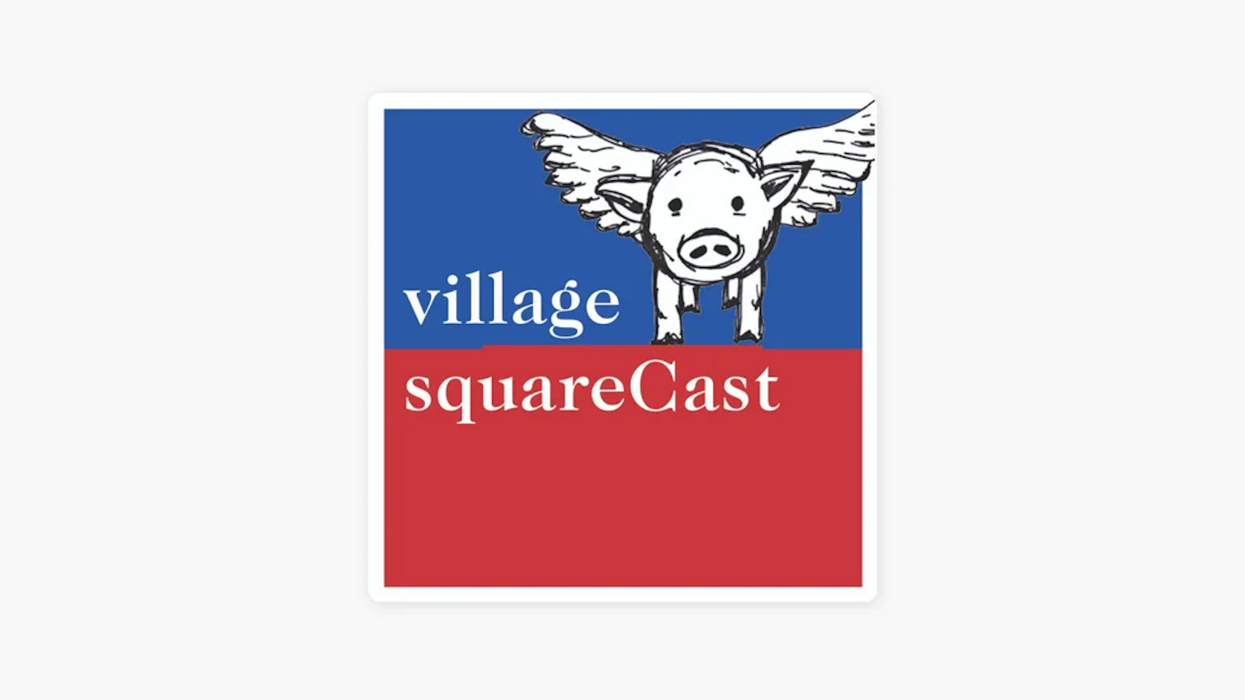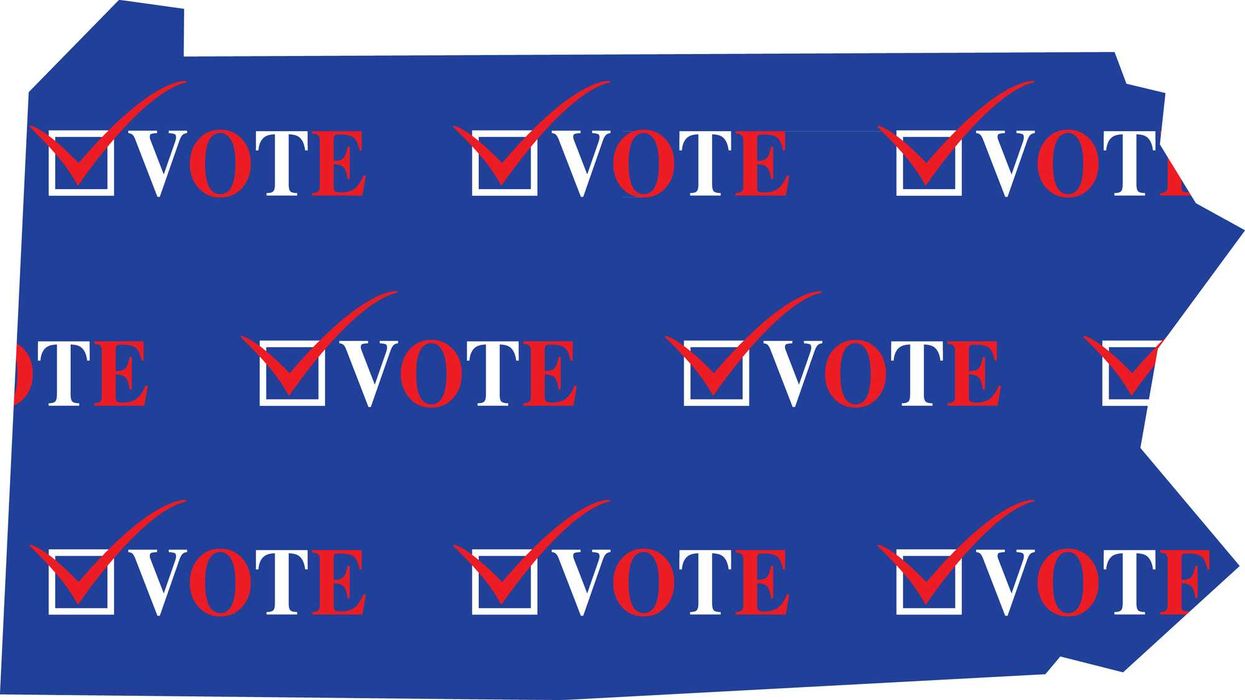"When two enemies are talking, they're not fighting." When Daryl Davis was ten, he didn’t understand hate yet. But then he was the only black scout in a parade to honor Paul Revere’s ride to Concord, when he began getting hit by bottles. It was then that he formed a question in his mind that he’s spent much of a lifetime answering: “How can you hate me when you don’t even know me?”
Failing to find his answer in books and history, as an adult and an accomplished musician, he realized who better to ask than a member of an organization formed around the premise—the KKK. So began our guest’s extraordinary story, in which a black man befriended over 200 KKK members, starting with a grand wizard. We’ll learn how his improbable, impossible, openhearted journey can light our way.




















